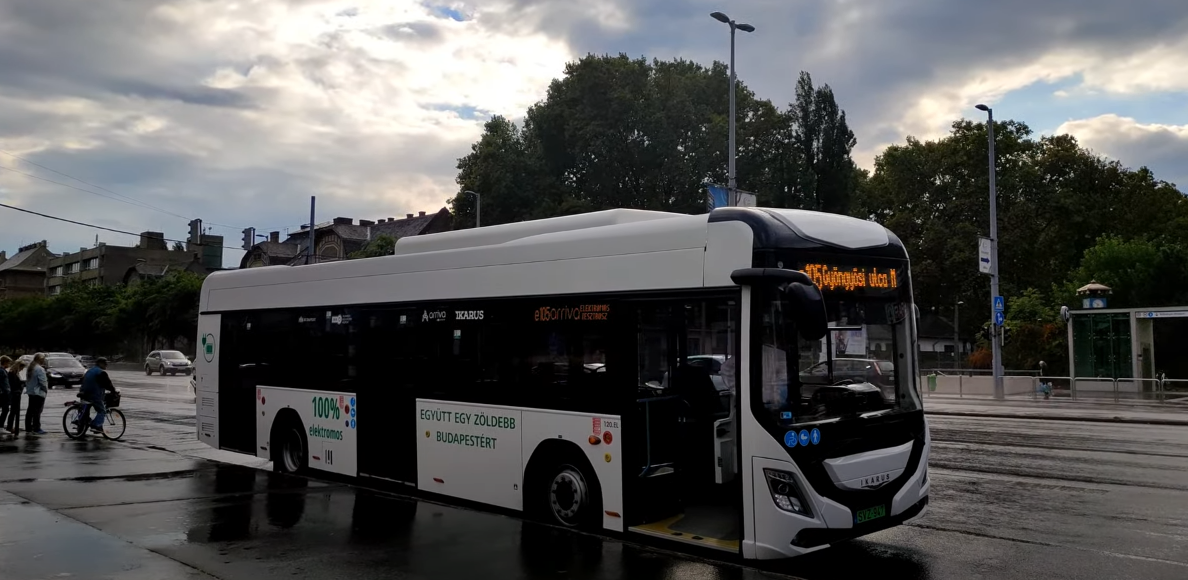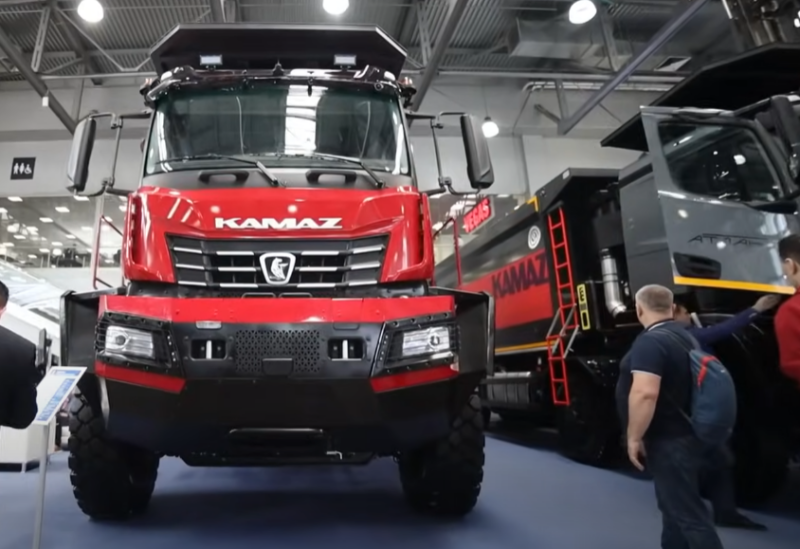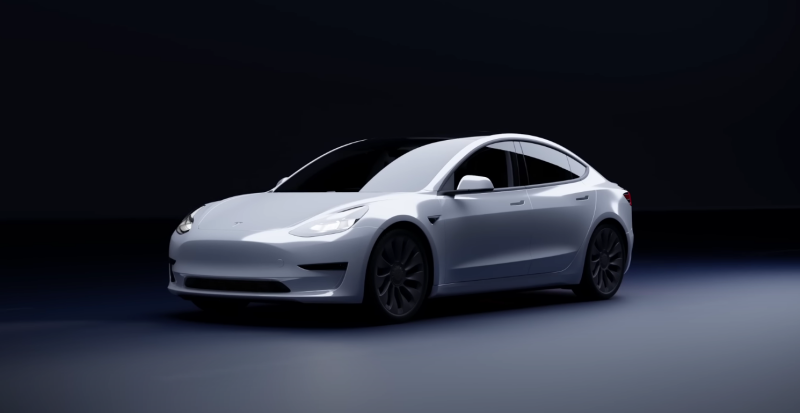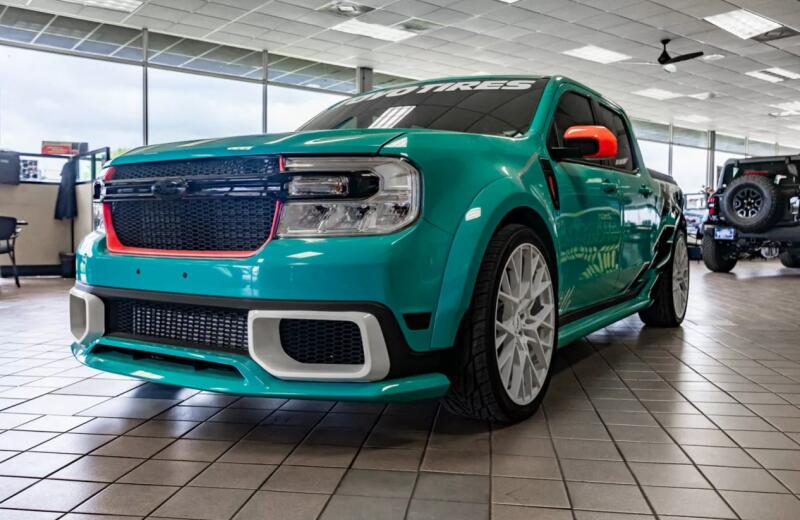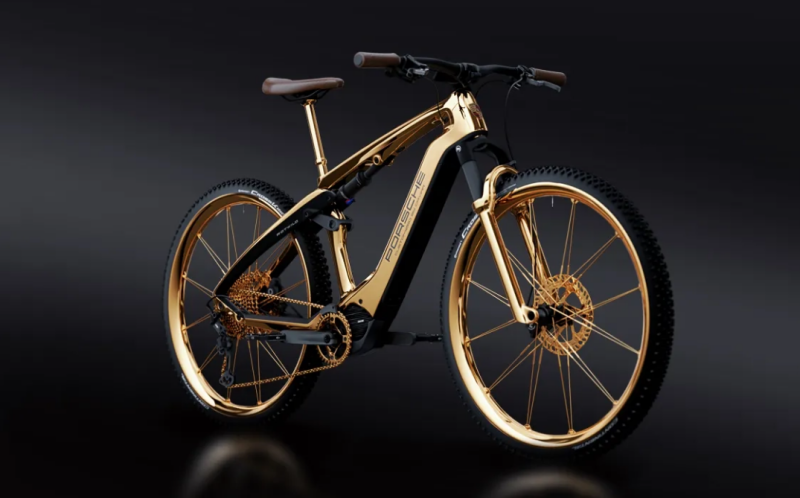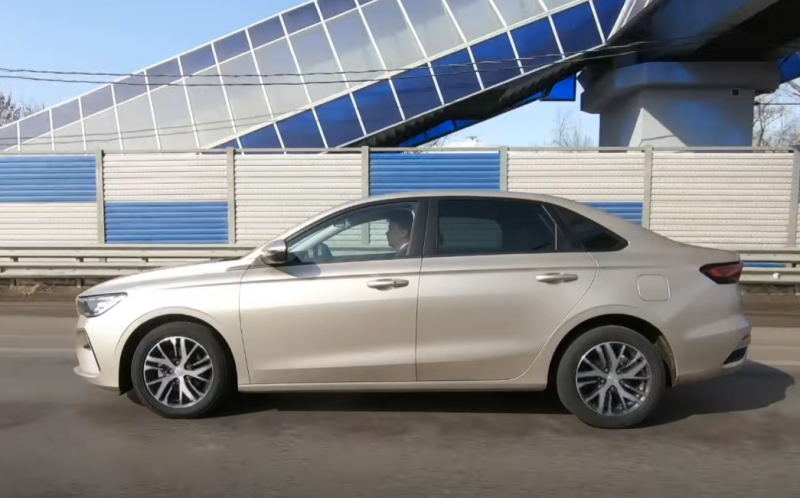Ikarus in the USSR
The Soviet Union received the first batch of Hungarian Ikarus buses back in 1955. Then there was the 180 series. But the Ikarus 260/280, produced since 1971, became the most popular and mass-produced cars.
Red and white Ikarus-256s worked on tourist routes in the USSR - in those days they were considered the best and fastest.
The Soviet industry could not provide the passenger transportation industry with its cars - there were not enough trolleybuses, LiAZs and LAZs, so the Hungarian buses came in handy.
 Tourist Ikarus-256. Photo: Youtube.com
Tourist Ikarus-256. Photo: Youtube.comIkarus found a reliable partner in the face of the Soviet Union, who, without question, took away all the manufactured products and asked for more. Of course, it is more profitable to sell cars abroad - they paid in foreign currency there, but it was possible to negotiate with the USSR.
Often Ikaruses were changed by barter - VAZ or RAF cars went to Hungary, and buses went back. The course went something like this:
- ? 20 Zhiguli
- ? 10 Rafikov
One of the two options, but most often cars went to Hungary - RAF were in short supply and were produced in small quantities.
VAZ cars were also often resold further to the "west", bringing foreign currency to the plant.
What happened after the collapse of the USSR
Nothing foreshadowed the collapse of the Hungarian Ikarus, so the plant did not seek to modernize production. The 260/280 series was produced from 1971 to 2002 without much change. Why do anything if demand already exceeds supply?
But at the end of 1991, the Soviet Union collapsed, and in 1992, Ikarus manufacturers were suddenly left with buses that no one wanted to buy. For Europe, they are outdated, and the CIS countries were not up to it.
Gradually, Russia began to order passenger models again, but in minimal quantities. The countries of the former USSR preferred used buses of European manufacturers - they were cheaper.
 The last Ikarus-280s are still being finalized in some places as technical transport. Photo: Youtube.com
The last Ikarus-280s are still being finalized in some places as technical transport. Photo: Youtube.comI had to urgently reorient to a new market, but it was difficult to catch up with it. The main question is where to get the money? But the plant fought, produced models that most often remained unclaimed, sold the old Ikarus-260/280 to Russia and the CIS countries.
There was a time when Ikarus started to produce fixed-route taxis EAG E91 for Latvia.
Until 1991, Hungary produced up to 12 full-size buses per year. By the early 000s, this number had dropped to 2000 units and continued to decline.
2003 was a landmark year for Ikarus - the main enterprise was closed. It seemed that the story of the brand would end there, but the fans saved him. In 2006, local businessman Gabos Seles bought Ikarus, deciding to revive it.
After that, the plant worked for about a year. Several new models were assembled and launched into a series, which should become bestsellers in European markets, according to the owner.
But the plans were not destined to come true - at the end of 2007, the plant was closed again due to unprofitability.
Last attempt to produce a traditional bus
After that, the company tried to revive several times, released new models, but they all turned out to be out of work. The last traditional bus is still worth mentioning, if only because the Ikarus electric bus was created on its basis, which has every chance of becoming a bestseller.
 New Ikarus-125. Photo: Youtube.com
New Ikarus-125. Photo: Youtube.comIt was Ikarus 125. Of course, there could be no talk of developing our own model from scratch, and such a device could not become popular in Europe, where there have long been several leaders, like Mercedes and Neoplan.
For the new Ikarus, the Hungarians chose a Volvo B8RLE chassis along with an engine from the same manufacturer. The motor develops a power of 320 liters. With. and has a working volume of 7,7 liters. There were options for both regular diesel and bio.
There were three gearboxes to choose from:
- ? Volvo I-Shift
- ? ZF EcoLife
- ? Voith D864
Outwardly, Ikarus-125 does not differ from classic buses produced in Europe, Russia and other CIS countries. The frame is made of stainless steel. Front and back fiberglass masks. We didn’t forget about the convenience for passengers – there are LED lighting in the cabin and eight USB ports for charging various gadgets.
Due to the use of the Volvo chassis with the engine and automatic transmission, the assembly of the Ikarus-125 is simplified as much as possible. But in fact, this is no longer the legendary Ikarus, but a Volvo with Hungarian labels.
 Salon of the new Ikarus-125. Photo: Youtube.com
Salon of the new Ikarus-125. Photo: Youtube.comThe body has a length of 12 meters, there are 80 passenger seats, of which 42 are seated. The seats are made in Turkey, as is the air conditioner. What then, you ask, is Hungarian? Just assembly and "Ikarus" badges?
The bus is declared in the middle price category, first of all it was intended for the countries of Eastern Europe.
As time has shown, even the latest diesel model did not arouse much interest among buyers. Indeed, who needs an incomprehensible manufacturer if you can buy a Volvo?
Electric Ikarus or rebirth
In 2019, the whole world suddenly started talking about Ikarus. At the international exhibition Busworld Europe, the brand presented a prototype electric bus called Ikarus-CityPioneer with the index IC 1311 U.
The appearance of the model became possible thanks to the creation of the Electrobus Europe Ltd holding - the merger of Ikarus and the serious concern CRRC Urban Traffic.
The Chinese became the holders of a controlling stake, due to this, Ikarus received finances and an inexhaustible flow of components.
In Hungary, they make a “naked” chassis and body, and all units are Chinese. A Chinese manufacturer decided that expansion into European markets should be done from a local platform. Moreover, Ikarus is a brand with history, and they knew how to make buses here.
 That's what happened in cooperation with the Chinese. Photo: Youtube.com
That's what happened in cooperation with the Chinese. Photo: Youtube.comAlthough, in fact, everything is explained more simply - the local assembly of essentially Chinese models eliminates high customs duties. And yes, in Hungary they know how and love to make such equipment, repeated attempts to revive the brand testify to this.
In 2019, a novelty called Ikarus-CityPioneer immediately attracted attention. During the exhibition, two German companies were inspired by the development and signed contracts for the supply of equipment.
Representatives of Electrobus Europe Ltd said that Russian transport companies were also interested in electric Ikarus.
In 2020, about 4 Ikarus-CityPioneer buses were assembled and sold. We can already say that this is the revival of the brand, although most of the collected equipment is sent to China.
The bus has a length of 12 meters, the cabin is designed for 81 passengers, of which only 30 are seated. The electric motor develops about 326 hp. s, and the battery lasts for 300 kilometers.
 Electric buses are in demand in China. Photo: Youtube.com
Electric buses are in demand in China. Photo: Youtube.comThe body is aluminum, which gives excellent protection against corrosion. The cabin has USB for charging passengers' gadgets, an LED display and air conditioning.
In China, Ikarus-CityPioneer electric buses have already proved their worth, so in the future it is planned to increase production many times over.
Whether the buses of the once popular brand in the USSR will appear in Russia is still unknown. It all depends on the volume of production and the final cost. Now Ikarus does not even have time to satisfy the demand of the main customer - China. But the Russians will be delighted if a bus with a commemorative inscription “Ikarus” suddenly drives up to the bus stop.
